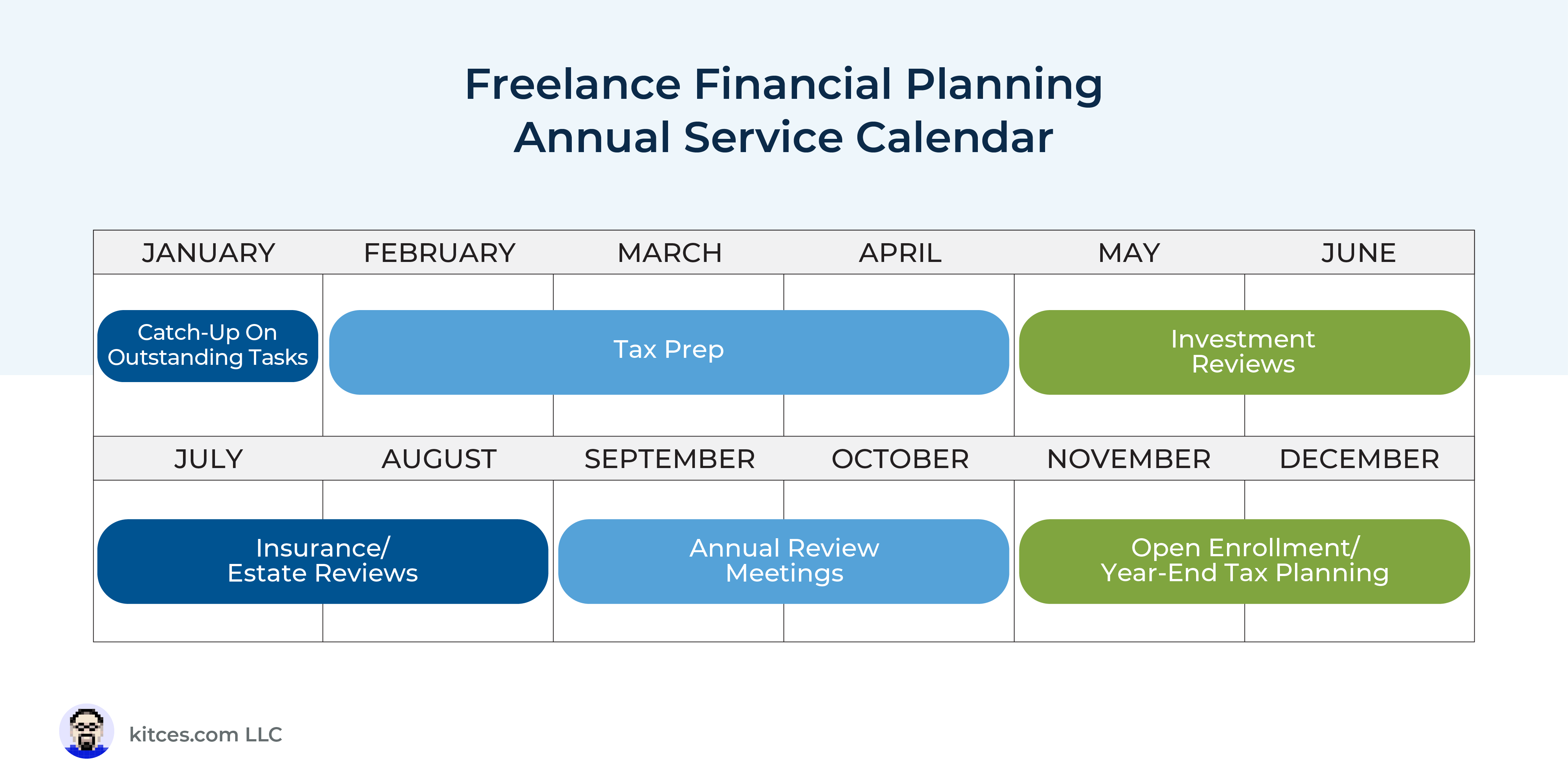Traditionally, financial advice and tax preparation have existed as 2 related, but separate, services. Besides the fact that many financial advisors don’t hold the necessary credentials (e.g., CPA, EA, or JD) to prepare tax returns and represent clients before the IRS, there has also been the impression that there is simply not enough time for one person to do both. This means that, while many advisory firms have in-house tax preparers (and vice versa), it is relatively uncommon for financial advisors to be the ones doing tax preparation themselves.
For solo advisory firm owners, however, who are largely able to decide for themselves how to provide value for their clients, offering tax preparation can be a way to provide a service that is in demand from many clients (particularly at a time when there is an acute shortage of available tax preparers on the market), while adding to the year-round value the advisor is providing and deepening the client-advisor relationship.
In this post, Kitces.com Senior Financial Planning Nerd Ben Henry-Moreland writes about how he went from being hesitant to offer tax preparation at his solo RIA (given how common it is for tax preparers to work long hours throughout tax season) to embracing it as a core part of the business’ service offering.
One of the keys to this shift in thinking was the realization that, rather than preparing taxes on top of and alongside the ongoing advisory schedule of financial planning updates and client meetings, it could instead occupy its own slot on the ongoing client service calendar. In other words, by clearing space during tax season to focus full-time on tax preparation, it was possible for Ben to contain tax prep work to a reasonable number of hours. Furthermore, similarly structuring the client service calendar for the remainder of the year to focus on specific topics at set times (e.g., investment reviews in the summer, retirement projection updates in the fall, and year-end tax planning in the winter) created enough efficiency through systematizing the ongoing financial planning process that allowed him to fit in tax preparation without reducing any of his other service offerings!
Although it can take as long as a year to get fully set up to prepare tax returns – from obtaining a designation such as the EA to deciding on pricing and software, to developing processes and workflows to streamline tax season as much as possible – advisors may find that many of the tools they use for their advisory business (such as CRM, data gathering, and electronic signature software) can also be used for tax preparation, and that the advisor’s existing knowledge of their clients’ financial and tax situations makes it possible to streamline the process even further (e.g., by tailoring client data-gathering worksheets to focus on the information that is relevant to a client’s tax situation).
The key point is that, offering tax preparation can be seen as a way for solo advisors to use their existing tools and expertise to enhance the year-round value they provide. Which ultimately means that it can be well worth the investment in time and resources given how valuable of a service tax preparation is to many clients!


